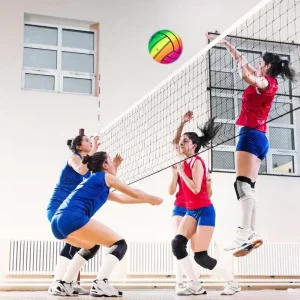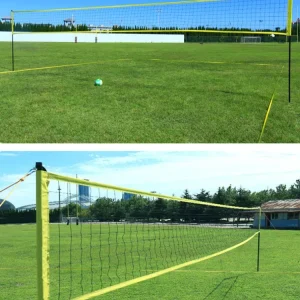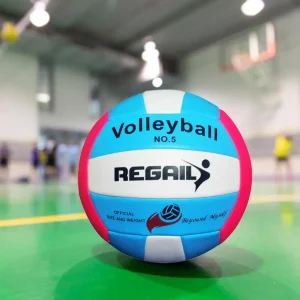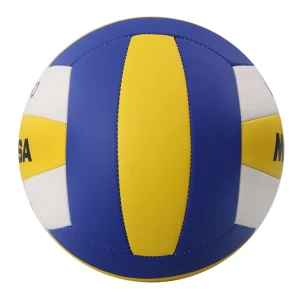Authentic Mikasa Volleyball
Original price was: $80.00.$69.00Current price is: $69.00.
Authentic Mikasa Volleyball
-
Description
Authentic Mikasa Volleyball
- Original MVA360 MVA460 MVA380K VST560 Indoor and Outdoor Training Ball FIVB Approve Official Volleyball}
- Inflatable: Yes
- Model Number: VST560,MVA360,MVA460,MVA380K
- Category: Indoor Training Ball
- Type: Ball
- Brand Name: Mikasa
- Material: PU,TPU
- Size: mva460 size 4; VST560 MVA360 MVA380K size5
- Weight: 280 g
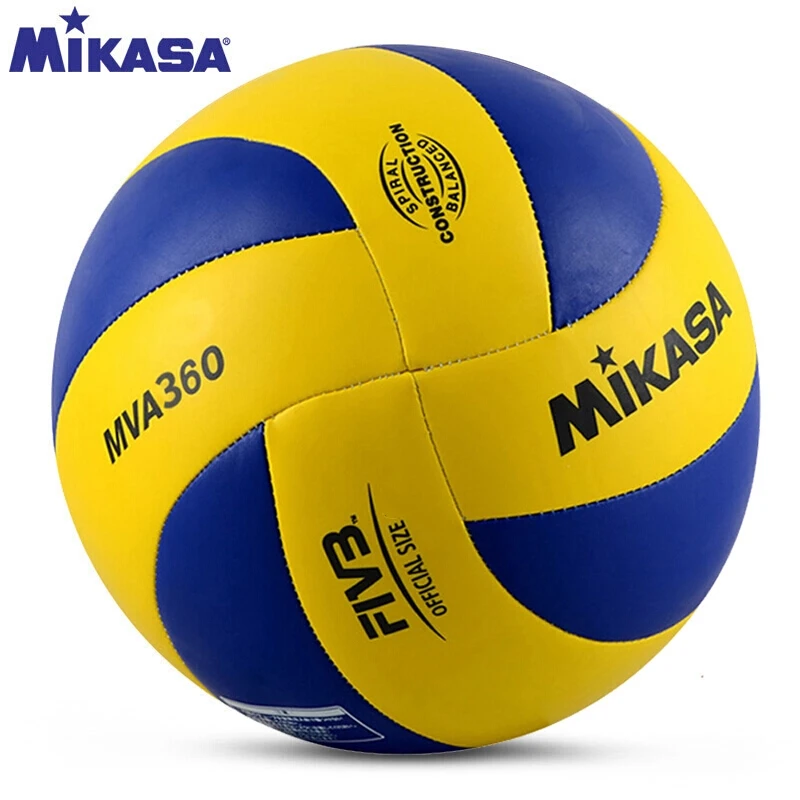
Beach Volleyball Rules
Beach Volleyball is an outdoor sand-based court sport played between two teams of two. The aim of the game is to hit an inflated ball over a net that hangs high at the centre of the court and make it land in the opposition’s half.
Beach Volleyball originated in Hawaii around 1915, and began to surface in Europe in the 1930s. Competitions became commonplace over the subsequent decades, and the sport increased in popularity considerably during the eighties.
Beach Volleyball made its first appearance at the Olympics as recently as 1992. It was merely a demonstration event during these games, but was included as an official Olympic sport four years later. It has ever-present in the Olympics since then.
The United States of America and Brazil are the two most successful nations in Olympic volleyball. USA have secured 10 medals overall (6 gold, 2 silver, 2 bronze) whilst Brazil have picked up 13 (3 gold, 7 silver, 3 bronze).
Object of the Game
In Beach Volleyball, the main objective is to hit the ball in a tactical way so that the opposing team cannot return it in a “legal” fashion.
One team will begin the game by striking the ball over the net, which is known as a “serve”. Both teams will then compete in what is known as a “rally”, where the ball exchanges hands and flies above the net between both sides of the court. A rally finishes when one team cannot return the ball, and a point is marked for the team that forced the error.
The team that reaches 21 points (by two clear points) first is declared the winner of a set, and two set wins are required to emerge victorious in the overall match.
Players & Equipment
Court
Each Beach Volleyball team consists of two players, and the sport is performed on a sand-based court measuring 26.2 ft square. A net measuring 7 ft 11 inches high is placed at the centre of the court during male matches. In female matches, the net is set at a slightly lower height of 7 ft 4 inches. The posts used on either side of the net are placed an equal distance from each side-line to the post padding.
Ball
The inflated ball used in Beach Volleyball is often a bright colour (white, yellow, orange) and weighs around 9-10 ounces, with 2.5-3.2 lb/sq inches of pressure inside.
Technique
Professional players must practice their serve in order to maximise their chances of winning, learning how to strike the ball hard enough and in the right place so the opposing team cannot return it.
The second most important skill in Beach Volleyball after serving is attacking. Players can “attack” the ball in a variety of different ways, including using different parts of the hand to help the ball land in specific areas of the court (where the opposing team cannot return the ball). The knuckles and fingers are frequently used to help control the speed and direction of the ball.
Defending in Beach Volleyball is all about blocking the ball when it is travelling at distance towards ground in your half of the court. Special “block signals” are used by players as a way to tell their teammates what sort of block they are planning to utilise. These are usually made behind their back, so the other team cannot see what they are about to do. Different types of finger movements are used to indicate different types of blocks. These signals are planned and practiced in advance so communication between teammates is as effective as possible.
Clothing
Since the turn of the millennium, players have been required to wear specific uniforms when participating in a Beach Volleyball match. Females are permitted to wear long-sleeved tops and shorts or a one-piece swimsuit. There remains a high degree of controversy surrounding Beach Volleyball uniforms. Whilst many players prefer shorter, lighter clothing that covers less areas of skin, organisations are hesitant to allow it amid fears that it could be considered “too revealing” by viewers and audiences.
Scoring
In Beach Volleyball, points are scored when a team manages to hit the ball in a certain way so that the opposing team cannot return the ball legally. An illegal return involves hitting the net, hitting the ball too often during one rally (three touches are permitted), or failing to strike the ball at all.
After every 7 points during the first two sets, teams are required to swap ends and move to the other side of the court. They also required to switch to the other side after every 5 points during the third set.
A timeout is held when there is an accumulate total of 21 points scored, like when the score line reads 14-7, for instance.
Winning
In Beach Volleyball, the first team to win two sets is declared the winner. An individual set is won by scoring 21 points – or 15 points in the final set – by two clear points. So, for example, if the score reads 21-20, the set will continue until one team leads by two points (e.g. 24-22)
Rules of Beach Volley Ball
As a court sport, Beach Volleyball involves a number of strict rules, including:
- Players are allowed to touch the ball three times maximum before they return it across the court – blocks included.
- There are a number of moves and hits that are classed as illegal in Beach Volleyball, including “hand touches”, “tips” and “dinks”.
- Players are permitted to cross below the net in Beach Volleyball – but this will be classed as a foul if it tampers or interferes with the opposing team’s play.
- There is no set position for players, meaning they can move to any part of the court they wish at any time – provided it is on their side.
Authentic Mikasa Volleyball





